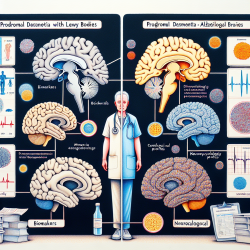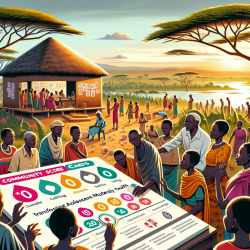Understanding Sex Trafficking: Insights and Steps for Practitioners
Sex trafficking is a global issue affecting millions of individuals, with significant consequences for both victims and society. The recent research article "Current Trends in Sex Trafficking Research" by Allan, Winters, and Jeglic provides a comprehensive overview of the current understanding of sex trafficking and offers valuable insights for practitioners seeking to improve their skills in prevention, identification, and intervention.
Key Findings from the Research
The research highlights several critical areas:
- Characteristics of Sex Trafficking Cases: The majority of victims are women and girls, with many entering trafficking before the age of 18. Risk factors include prior sexual abuse, involvement in foster care, and unstable home environments.
- Recruitment and Maintenance Processes: Victims often have pre-existing relationships with traffickers, and recruitment tactics include promises of money or a better life. The Sexual Grooming Model of Child Sex Trafficking (SGM-CST) outlines stages of victim selection and manipulation.
- Identification and Intervention Techniques: Tools like the Short Screen for Child Sex Trafficking (SSCST) can improve identification in healthcare settings. Training for professionals, including law enforcement and educators, is crucial for effective intervention.
- Treatment Approaches: Trauma-focused cognitive behavior therapy (TF-CBT) and mentoring models have shown promise in supporting victims' recovery.
Steps for Practitioners
Practitioners can enhance their skills by implementing the following strategies:
- Educate Yourself: Stay informed about the latest research and trends in sex trafficking. Attend conferences, webinars, and training sessions to deepen your understanding.
- Utilize Screening Tools: Incorporate tools like the SSCST into your practice to improve the identification of potential trafficking victims.
- Advocate for Training: Encourage your organization to provide comprehensive training for all staff, focusing on identification, prevention, and intervention techniques.
- Collaborate with Other Professionals: Work with law enforcement, healthcare providers, and educators to create a multidisciplinary approach to tackling sex trafficking.
- Promote Trauma-Informed Care: Use trauma-informed approaches in your interactions with victims to foster trust and support their recovery.
Encouraging Further Research
While significant progress has been made, further research is needed to understand sex trafficking fully. Practitioners are encouraged to contribute to research efforts and advocate for studies focusing on adult victims, international cases, and the unique needs of LGBTQ+ individuals.
To read the original research paper, please follow this link: Current Trends in Sex Trafficking Research.










